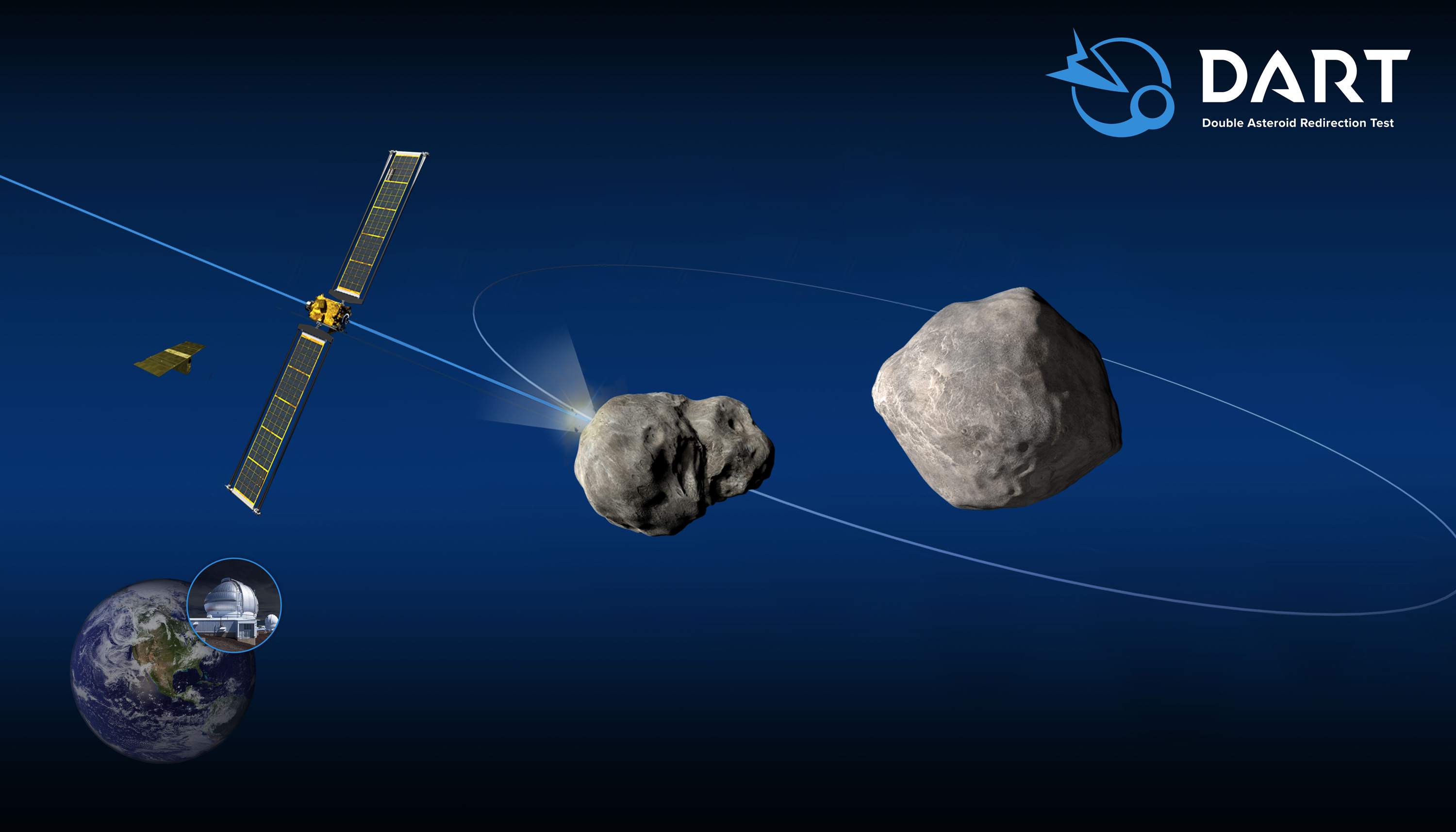Hello and welcome back to Max Q. I hope everyone is enjoying lower temperatures and all the other seasonal delights that autumn brings. Here in Austin, where I live, the daily high is still in the 90s, but the nights and mornings are blessedly cool. I’ll take it.
Tips, opinions, criticism, thoughts? Email me at aria.techcrunch@gmail.com or find me on Twitter at @breadfrom.
Don’t forget to sign up to get the free newsletter version of Max Q delivered to your inbox.
Relativity Space completes Stage 1 testing of Terran 1 rocket
Relativity Space said Friday it had completed Stage 1 testing of the Terran 1 rocket, including hydro proof testing, cryogenic proof testing and flight pressure testing. From here, the company needs to complete post-integration testing, which will take place at Cape Canaveral in Florida.
Relativity is aiming to launch the world’s first entirely 3D-printed rocket to orbit in early 2022. Watch Relativity engineers lift Stage 1 onto the test stand here:
Blue Origin’s next passenger is…William Shatner

Yes, you read that right. The 90-year-old actor, known for having played Captain James T. Kirk on “Star Trek,” will be joining Chris Boshuizen and Glen de Vries on a launch that is scheduled to fly on October 12. If all goes to plan, he will best Wally Funk as the oldest person to go to space. (Funk, of course, hitched a ride to orbit also with Blue Origin.)
Blue Origin’s own Audrey Powers, who serves as the company’s vice president of New Shepard Mission & Flight Operations, will round out the four-person crew.
The next launch of Blue Origin’s New Shepard rocket comes as the company faces a torrent of scrutiny after 21 current and former employees went public with accusations of safety concerns and sexual harassment at the company. The FAA said it was “reviewing the information” detailed in the essay, but so far there’s no signs of anything interrupting the launch schedule.
NASA will be smashing a spacecraft into a satellite

Image Credits: NASA
File this one under, God, I love science. NASA has now set a date for what it’s calling DART, the Double Asteroid Redirection Test, a mission that feels like it’s ripped straight from a Hollywood script. Here’s how it’s going to go down: NASA will launch two satellites to a relatively nearby pair of planetoids — a large asteroid and a “moonlet” in its orbit. The moonlet is small, exactly the kind of space body that poses a threat to Earth, so NASA will be testing the possibility of intercepting one by smashing into it at nearly 15,000 miles per hour.
DART is scheduled to launch from Vandenberg in Southern California at 10:20 PM on November 23, aboard a SpaceX Falcon 9, after being delayed this summer.
The UAE wants to send a probe to the asteroid belt in 2028
Speaking of asteroids, the United Arab Emirates Space Agency is planning its most ambitious mission yet. The agency, which was only formed in 2014, wants to send a spacecraft to the asteroid belt between Mars and Jupiter in 2028. While the exact scientific goals of the mission have not yet been announced, any data the spacecraft collects could help deepen our understanding of the origins of the universe. That’s because asteroids are thought by some scientists to be celestial leftovers from when the solar system was formed.
After launching, the spacecraft will have a long and winding journey: It will travel 3.6 billion kilometers over five years, boomeranging around both Venus and Earth to build enough velocity to eventually arrive at the asteroid belt beyond Mars in 2030. The UAE aims to land the spacecraft on an asteroid in 2033.
News from around the web
- SpaceX’s valuation is now just north of $100 billion, according to reporting from CNBC. The new valuation follows a share-selling agreement with investors to sell up to $755 million in stock at $560 a share.
- Rocket Lab shares surged after the company announced it was awarded a NASA contract to launch a technology demonstration. The agency’s Advanced Composite Solar Sail System (ACS3) satellite will be sent to orbit aboard an Electron rocket in mid-2022.
- Muon Space, a climate-focused company that aims to develop and launch a constellation of satellites, has raised $10 million in seed funding. The round was led by Costanoa Ventures with participation from Space Capital, Congruent VC, Ubiquity Ventures, South Park Commons and Climactic VC.
- The U.S. Space Force has selected 13 startups and 11 university teams to compete in its accelerator, Hyperspace Challenge. The challenge is hosted by the Air Force Research Laboratory and CNM Ingenuity.
Join us at TC Sessions: Space in December
Last year we held our first dedicated space event, and it went so well that we decided to host it again in 2021. This year, it’s happening December 14 and 15, and it’s once again going to be an entirely virtual conference, so people from all over the world will be able to join — and you can, too.
"Max" - Google News
October 12, 2021 at 05:16AM
https://ift.tt/3BMuQmF
Max Q: Relativity Space hits a key milestone and NASA takes aim at asteroids — literally - TechCrunch
"Max" - Google News
https://ift.tt/2YlVjXi
Bagikan Berita Ini
















0 Response to "Max Q: Relativity Space hits a key milestone and NASA takes aim at asteroids — literally - TechCrunch"
Post a Comment